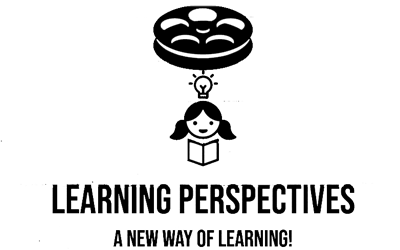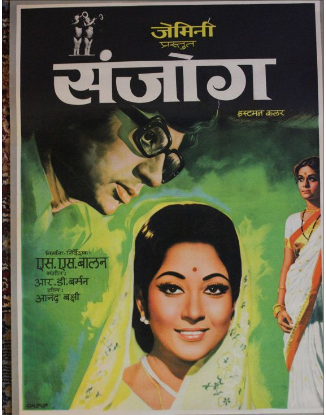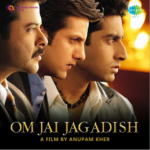Movie Case Study
The scene that you saw shows a collector (played by Mala Sinha) visiting the office to check on the functioning of that office. She is being shown around by the senior manager. He tells her that there are 18 departments and 250 employees in the organization. He also mentions that out of 250 employees, 90 are women.
She then talks to different employees who are part of different departments. She talks to an employee who takes care of the licensing and another employee who looks into the files for family planning.
In this blog, Learning Perspectives will explore the meaning of departmentalization.
What is Departmentalization?
To coordinate common tasks, they are divided into groups together called departments. The process by which jobs are grouped together is called compartmentalization.
Functions
- One of the most popular ways to group activities is by Functions performed. A manufacturing manager might organize his or her plant by separating engineering, accounting, manufacturing, human resources, and supply specialists into common departments.
For example, a hospital might have departments dedicated to research, patient care, accounting, and so on. A professional cricket team franchise might have departments such as player personnel, ticket sales, travel, and accommodations. The major advantage of this type of grouping is obtaining efficiencies from putting like specialists together.
Functional departmentalization seeks to achieve economies of scale by placing people with common skills into common units.
- Jobs can also be departmentalized by the type of product the organization produces. For example, Johnson & Johnson is organized along these lines. Each major product such as Neutrogena and Band-aid Acuvue is placed under the authority of an executive who has complete global responsibility for the product.
Geography
- Another way to departmentalize is through geography or territory. The sales function can have western, eastern, and northern regions. Each of these regions is actually a department organized around geography.
Products
- Process departmentalization can be used for processing customers as well as products. For example: To admit a patient to a hospital, the first one needs to fill out a form in the hospital, then undergo the treatment, and finally get discharged. Process departmentalization is also applicable if you go to get a driver’s license.
Customers
- A final category of departmentalization is to use the particular type of customer the organization seeks to reach. For example, Microsoft divides its departments around 4 customers, Consumers, large corporations, software developers, and small businesses.









[…] is generally used by the accounts’ payable (money that is owed to suppliers) department. Vouchers are not used in the payroll process. It includes invoices from suppliers’, vendors, […]
[…] banking business is affected by trends more than any other business. Hence, it needs to establish departments within its organization for the purpose of gathering information and analyzing it. This is done not […]